Living in a small apartment doesn’t mean you have to give up on your dream of having a lush, green garden. Vertical gardening has revolutionized the way urban dwellers grow plants, making it possible to enjoy fresh herbs, flowers, and even vegetables without sacrificing precious floor space.
With the right design, plants, and techniques, you can transform a dull wall or balcony corner into a vibrant oasis. In this guide, we’ll walk you through the ultimate vertical garden setup for small apartments, covering everything from planning and materials to plant choices and maintenance.
1. Why Choose a Vertical Garden for Small Apartments?
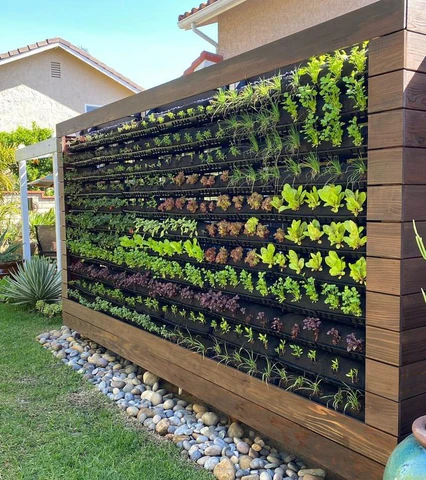
Before diving into the “how,” let’s look at the “why.” Vertical gardens are:
- Space-saving — They maximize unused wall or balcony space.
- Aesthetic — Green walls create a calming, beautiful focal point.
- Healthy — Plants improve air quality by filtering toxins.
- Functional — Grow herbs, salad greens, or strawberries for fresh harvests.
- Customizable — They can fit any style, from rustic to modern minimalism.
In a small apartment, vertical gardens give you all the benefits of gardening without cluttering your living space.
2. Planning Your Vertical Garden
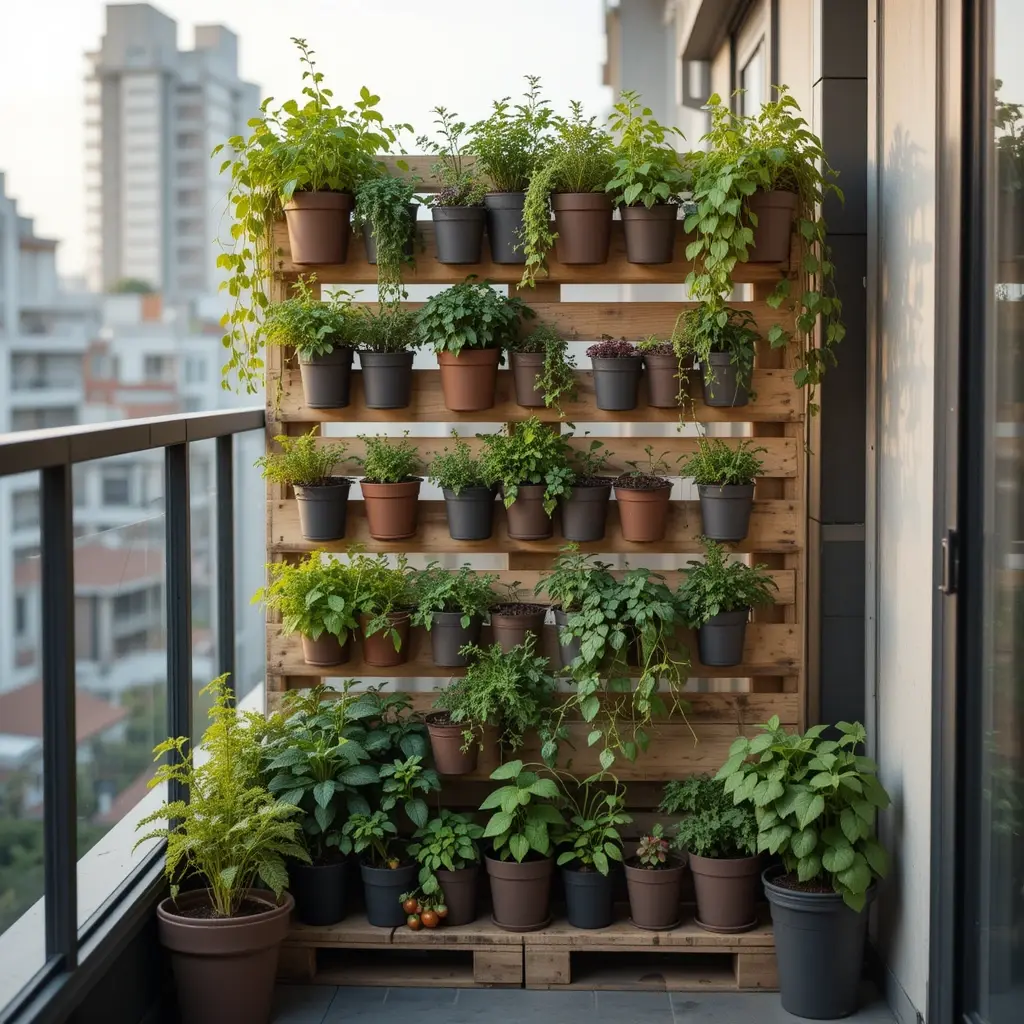
A successful setup starts with careful planning. Ask yourself:
- Where will it be placed? Indoors, balcony, kitchen, or near a sunny window?
- What’s your light source? Natural sunlight or artificial grow lights?
- What’s your purpose? A decorative plant wall, edible garden, or both?
Tip: Take measurements of your available wall space before purchasing materials so your garden fits perfectly.
3. Choosing the Right Location
Indoor Placement
- Ideal near south- or west-facing windows for maximum sunlight.
- Kitchens are great for herb gardens.
- Living rooms benefit from decorative foliage plants.
Outdoor Placement (Balcony or Terrace)
- Choose a spot that gets at least 4–6 hours of sunlight daily.
- Ensure protection from heavy rain and strong winds.
If light is limited, you can use LED grow lights to supplement natural sunlight.
4. Selecting Your Vertical Garden Structure
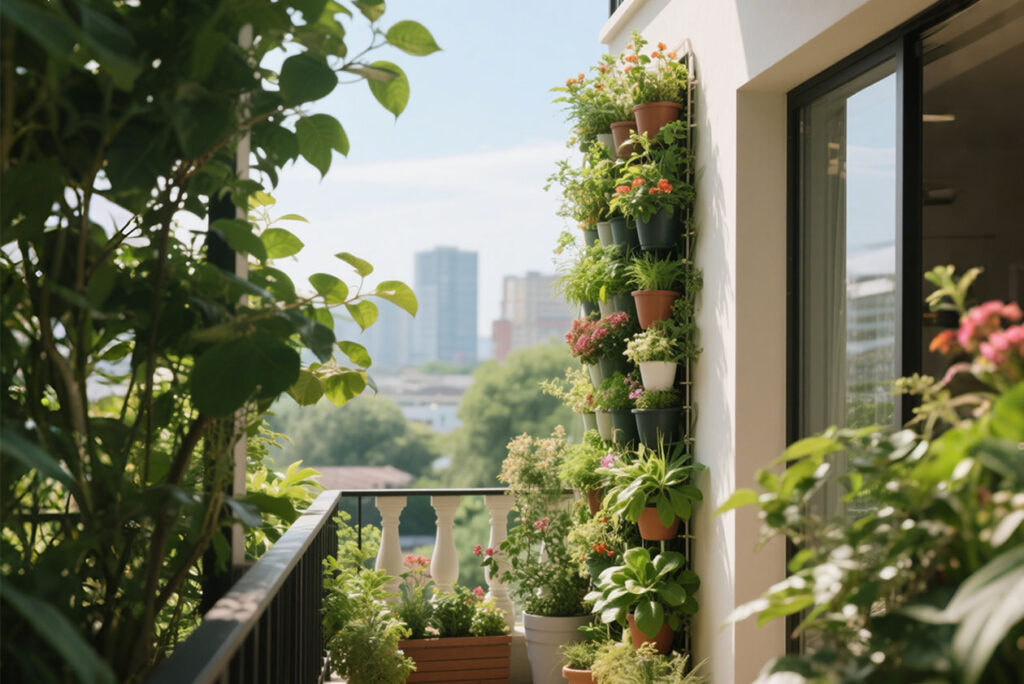
Here are popular options for small apartments:
1. Wall-Mounted Planters
- Perfect for kitchens and living rooms.
- Can be made from wood, metal racks, or repurposed shelves.
2. Hanging Planters
- Use ceiling hooks to hang pots at different heights.
- Ideal for trailing plants like pothos or string of pearls.
3. Pocket Planters (Fabric or Felt)
- Contain multiple planting pockets in one sheet.
- Lightweight and easy to mount on walls.
4. Ladder Shelves
- Lean against a wall to hold multiple pots.
- Easily moved when needed.
5. Modular Panel Systems
- High-end option with built-in irrigation systems.
- Great for those who want a permanent plant wall.
5. Materials You’ll Need
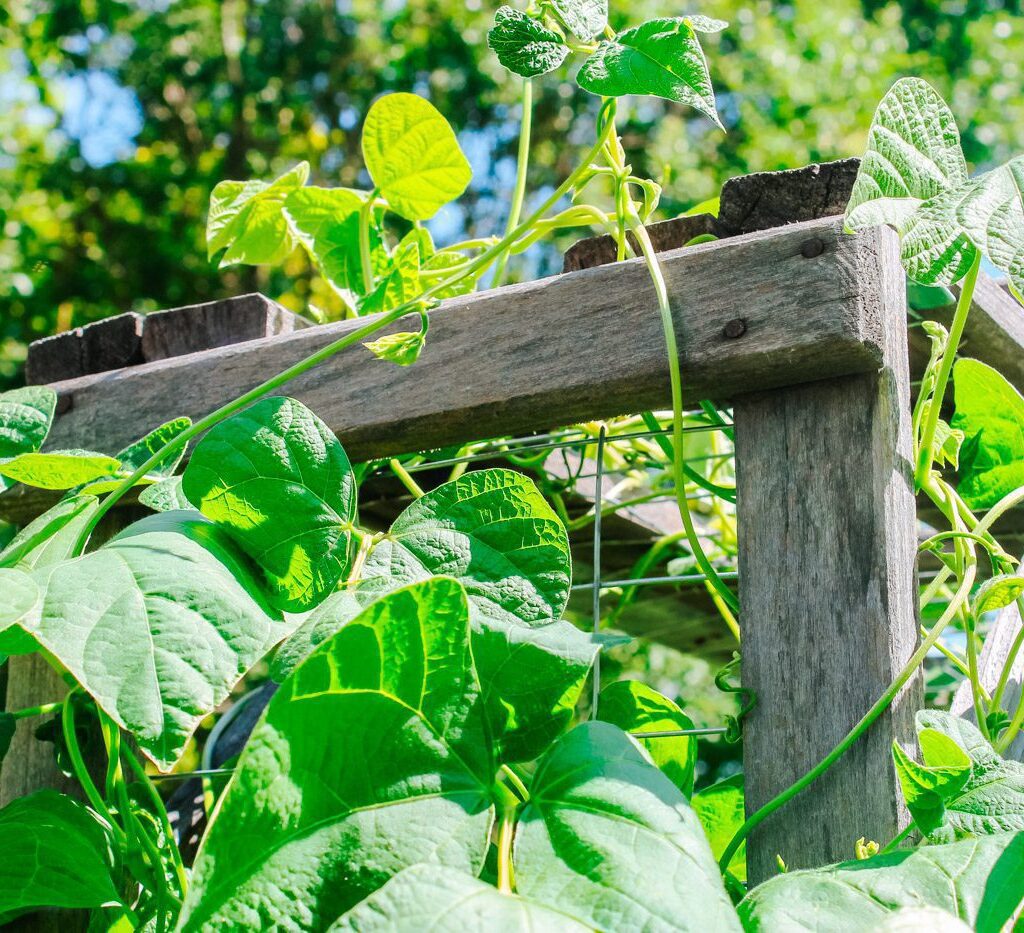
For a basic vertical garden, you’ll need:
- Vertical frame or planter pockets
- Lightweight pots or containers
- Wall anchors and hooks (if mounting)
- Potting mix suitable for your chosen plants
- Fertilizer (organic for edibles)
- Drip trays or waterproof backing to protect walls
- Watering can or spray bottle
6. Choosing the Right Plants for Your Setup
When space is limited, selecting plants wisely is essential.
Best Indoor Plants for Vertical Gardens
- Pothos — Low maintenance, great for air purification.
- Spider Plant — Hardy, drought-tolerant.
- Philodendron — Beautiful trailing vines.
- Ferns — Add lush greenery in shaded spots.
Best Edible Plants for Small Apartments
- Basil — Loves sunlight, perfect for cooking.
- Mint — Grows quickly in small containers.
- Parsley — Compact and flavorful.
- Chives — Easy to grow and harvest.
Flowering Plants
- African Violets — Small, colorful blooms for indoors.
- Begonias — Compact and vibrant.
7. Soil, Watering, and Drainage Tips
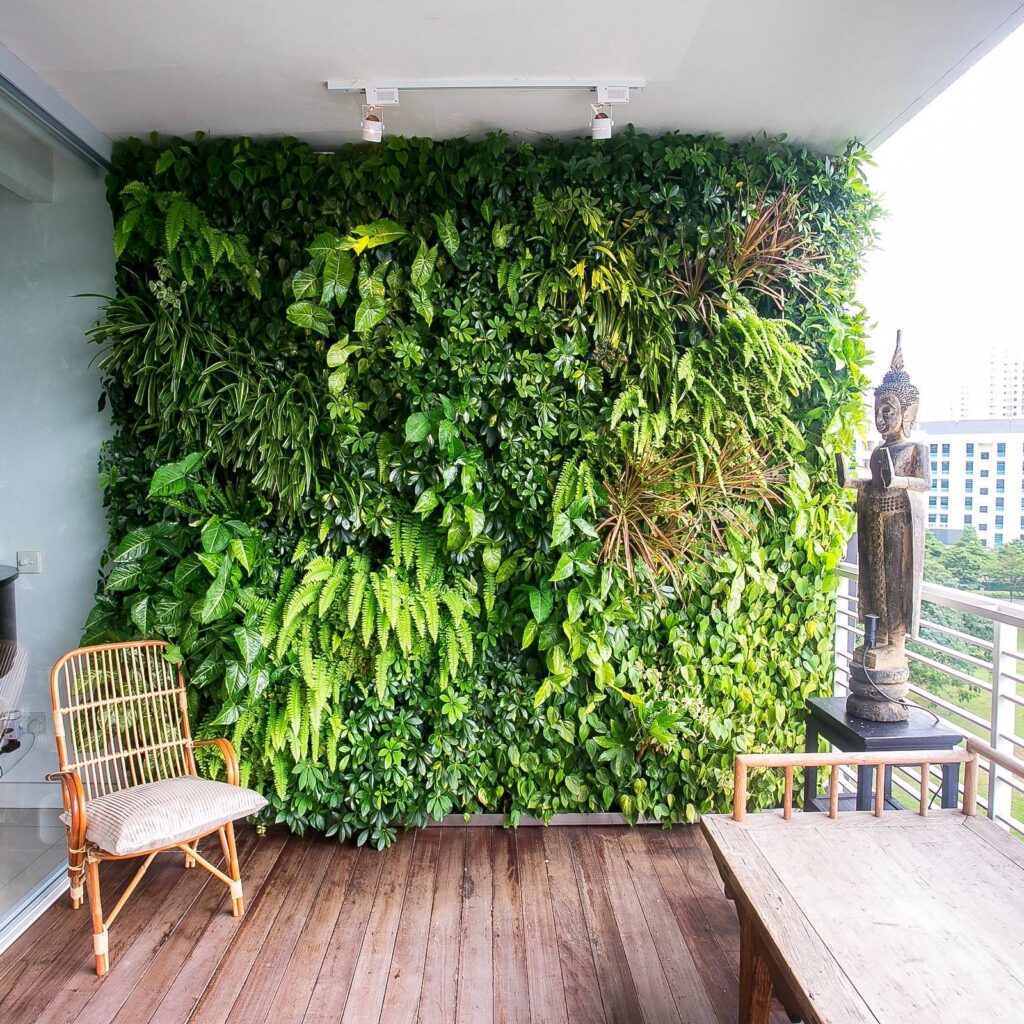
Since vertical gardens have limited soil volume, plants dry out faster.
- Soil: Use a light, well-draining potting mix. Add perlite or coconut coir for aeration.
- Watering: Check soil moisture regularly. Water when the top inch feels dry.
- Drainage: Ensure every container has drainage holes. Use a drip tray or waterproof barrier to protect walls and floors.
Pro Tip: Self-watering systems or drip irrigation kits can save time and prevent overwatering.
8. Step-by-Step Setup Guide
Step 1: Prepare Your Wall or Frame
- If wall-mounting, install anchors and hooks securely.
- Add a waterproof backing if indoors.
Step 2: Arrange Your Containers
- Place taller plants at the top so they don’t shade smaller ones.
- Keep edible herbs in easy reach for harvesting.
Step 3: Fill with Soil and Plant
- Use fresh potting mix to prevent pests.
- Gently firm the soil around roots without compacting too much.
Step 4: Water Thoroughly
- Allow excess water to drain before placing indoors.
Step 5: Add Finishing Touches
- Use decorative pots or baskets for style.
- Add plant labels for easy identification.
9. Lighting Solutions for Low-Light Apartments
If your apartment doesn’t get much natural light:
- Full-Spectrum LED Grow Lights — Mimic sunlight and promote healthy growth.
- Clip-on Grow Lamps — Perfect for targeting specific plants.
- Under-Shelf Lighting — Great for herbs in the kitchen.
Aim for 12–14 hours of light per day for edible plants.
10. Maintenance and Care
Vertical gardens require regular attention, especially in small spaces:
- Watering: Smaller containers dry faster—check often.
- Fertilizing: Feed with a diluted liquid fertilizer every 2–4 weeks.
- Pruning: Trim overgrown stems to maintain shape and encourage new growth.
- Pest Control: Inspect leaves weekly for aphids, spider mites, or mealybugs.
Pro Tip: Rotate plants occasionally to ensure even light exposure.
11. Creative Design Ideas for Your Vertical Garden
- Kitchen Herb Wall: Grow basil, oregano, rosemary, and mint for cooking convenience.
- Succulent Frame: Arrange succulents in a wooden frame for a living artwork.
- Balcony Privacy Wall: Use tall vertical planters to create a green privacy screen.
- Mixed Aesthetic Garden: Combine flowering plants with foliage for color and texture.
12. Common Mistakes to Avoid
- Overcrowding plants — Leaves compete for light and airflow.
- Ignoring drainage — Leads to root rot and wall damage.
- Choosing wrong plants for light conditions — Shade plants will scorch in full sun; sun-lovers will wilt in low light.
- Overwatering — Especially harmful in small containers.
13. Budget-Friendly Tips for Small Apartment Gardeners
- Repurpose wooden pallets as plant walls.
- Use old shoe organizers as fabric pocket planters.
- Grow from kitchen scraps (e.g., green onions, lettuce, basil cuttings).
- Buy small starter plants instead of mature ones—they adapt better to vertical setups.
14. Final Takeaways
A vertical garden is more than just a design choice—it’s a practical and rewarding way to bring nature into a small apartment. With thoughtful planning, the right plants, and consistent care, you can create a beautiful green space that enhances your home’s atmosphere, improves air quality, and even provides fresh food.
The beauty of vertical gardening is its flexibility—you can start small with a few herbs in hanging pots and gradually expand to a full plant wall. No matter your style or budget, a well-planned vertical garden will breathe life into your apartment and make your home feel more connected to nature.
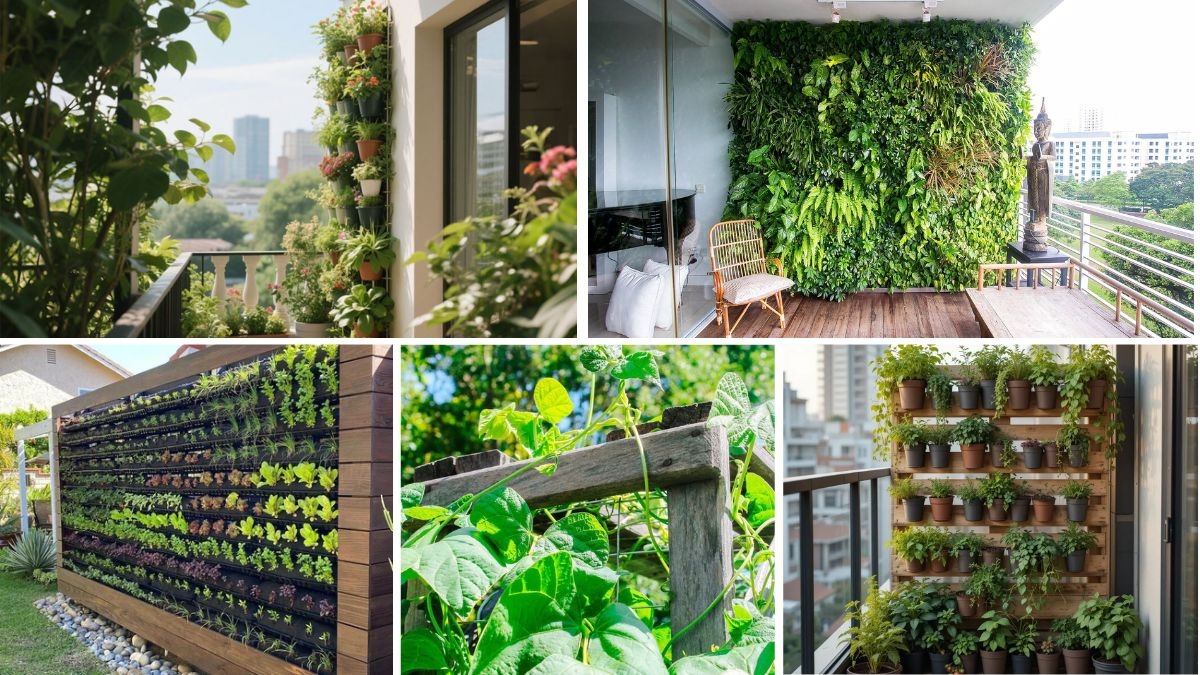



Leave A Comment